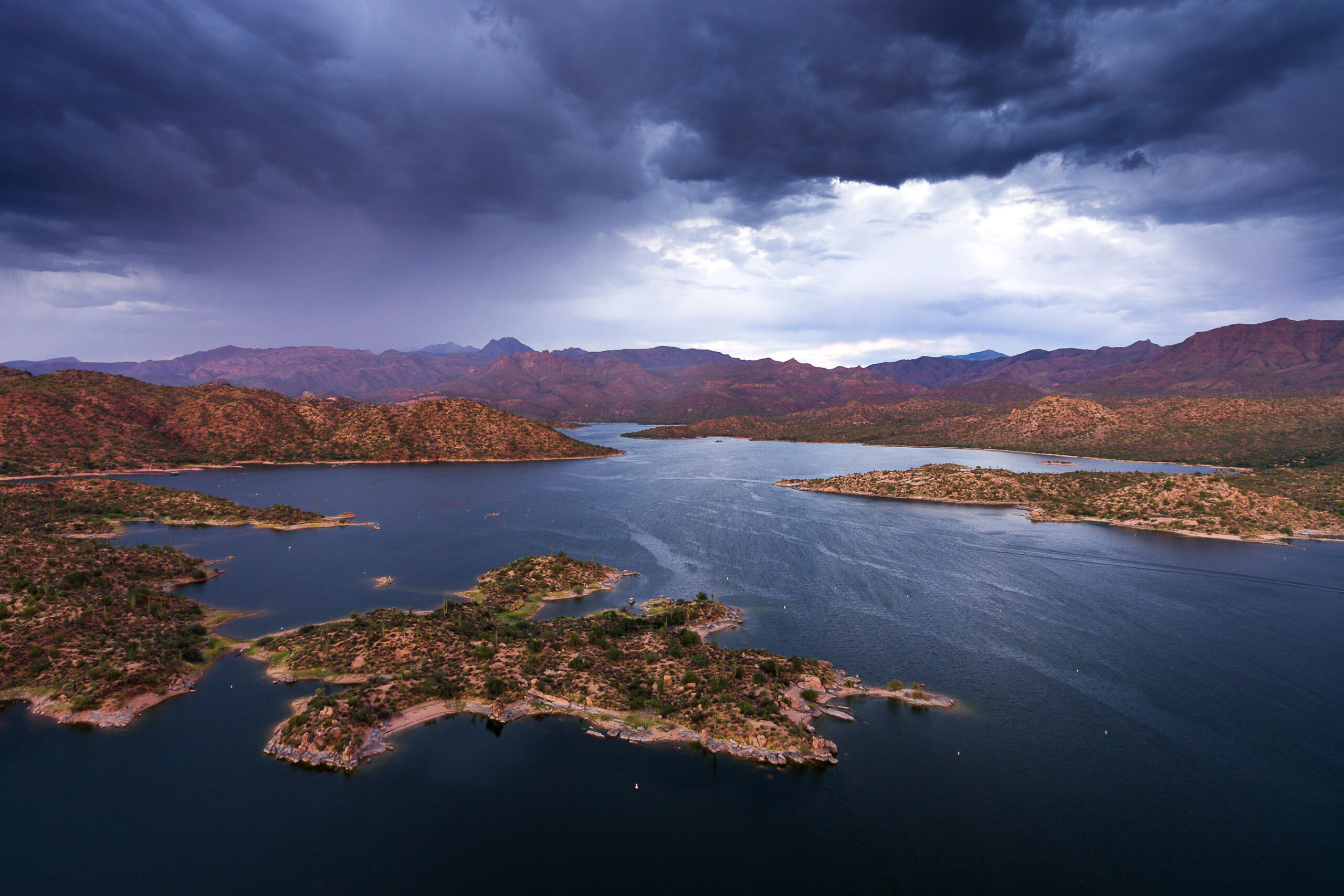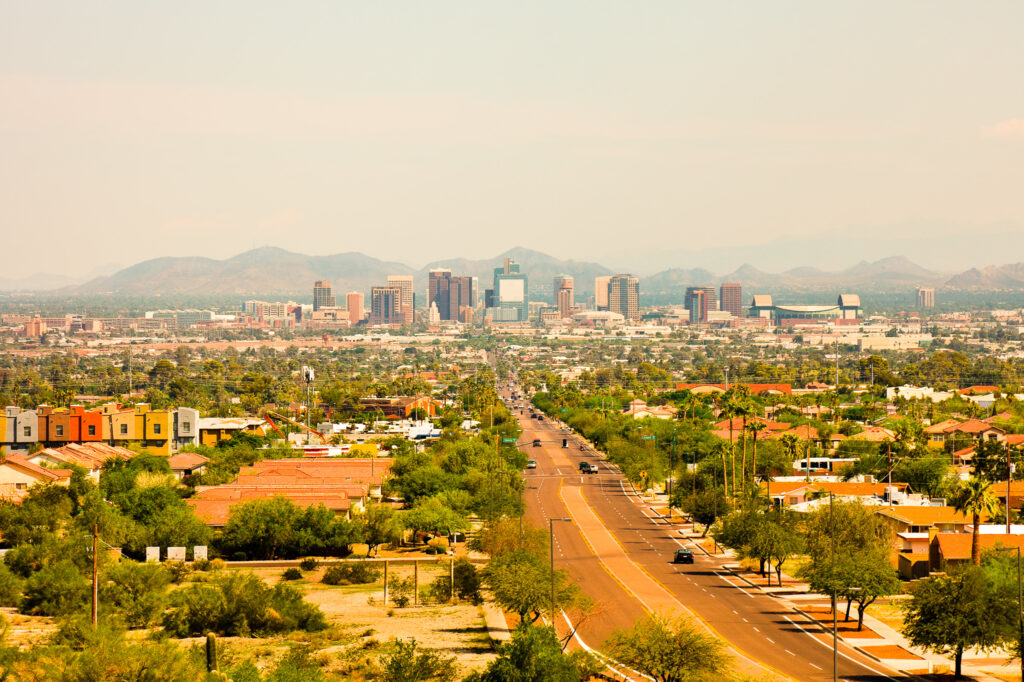
Field Sites

Phoenix Urban Field Laboratory
Our group conducts urban observations in Phoenix, Arizona to study water, energy, and carbon fluxes across different land cover types. Several short-term deployments of an eddy covariance tower and soil moisture stations have been conducted in urban parks, residential areas, and parking lots, among others, and used for testing a soil water balance model. Several tall towers and intensive observation periods will be planned as part of the SW-IFL project for improved urban climate modeling. Results from the various deployments are reported in Chow et al. (2014), Templeton et al. (2018), Perez-Ruiz et al. (2020), Vivoni et al. (2020), and Kindler et al. (2022), among others.

Jornada Experimental Watershed
Our group works at the Jornada Long Term Ecological Research (LTER) site in New Mexico to study desert ecohydrology. We conduct research in an experimental watershed using a dense sensor network of precipitation, soil moisture, hillslope and channel runoff, and micrometeorological fluxes. This natural laboratory serves as a testbed for model enhancements using the tRIBS distributed model. We also work in ephemeral playas and study hydrological connectivity across the Jornada basin. Results are reported in Templeton et al. (2014), Schreiner-McGraw et al. (2020), Vivoni et al. (2021), Perez-Ruiz et al. (2022), and Keller et al. (2023), among others.
Our group works at the Santa Rita Experimental Range in Arizona to study long-term vegetation changes and their impact on land surface processes. We conduct research at a small watershed located with an eddy covariance tower site and a channel flume. This natural laboratory serves as a testbed for model enhancements using the VIC and tRIBS models. Results from the observational efforts are reported in Pierini et al. (2014), Schreiner-McGraw et al. (2016), Vivoni et al. (2021), and Vivoni et al. (2022), among others.
Our group led a large-scale hydrologic observatory in Sonora, Mexico with collaborators with the goal of quantifying ecohydrological processes during the North American monsoon. Several field campaigns were conducted in the basin (SMEX04, IRES06-08, UMB-WEST) with the goal of assessing the dynamics of summer season vegetation green-up. Results from the observational and modeling efforts are reported in Mendez-Barroso et al. (2009), Xiang et al. (2014), Mascaro et al. (2019), and Ko et al. (2019), among others.
Our group conducted an ecohydrological study in the Sevilleta National Wildlife Refuge at a headwater basin exhibiting stark contrasts in ecosystem, soil, and terrain properties driven by aspect differences. The overall goal was to quantify soil-water-climate-plant interactions on complex terrain to improve our understanding of the active role of plants in the co-evolution of soils and landscapes. Results from the field study and modeling efforts are reported in Gutierrez-Jurado et al. (2013), Zhou et al. (2013), and Yetemen et al. (2015), among others.